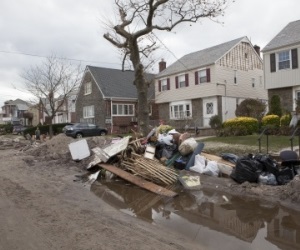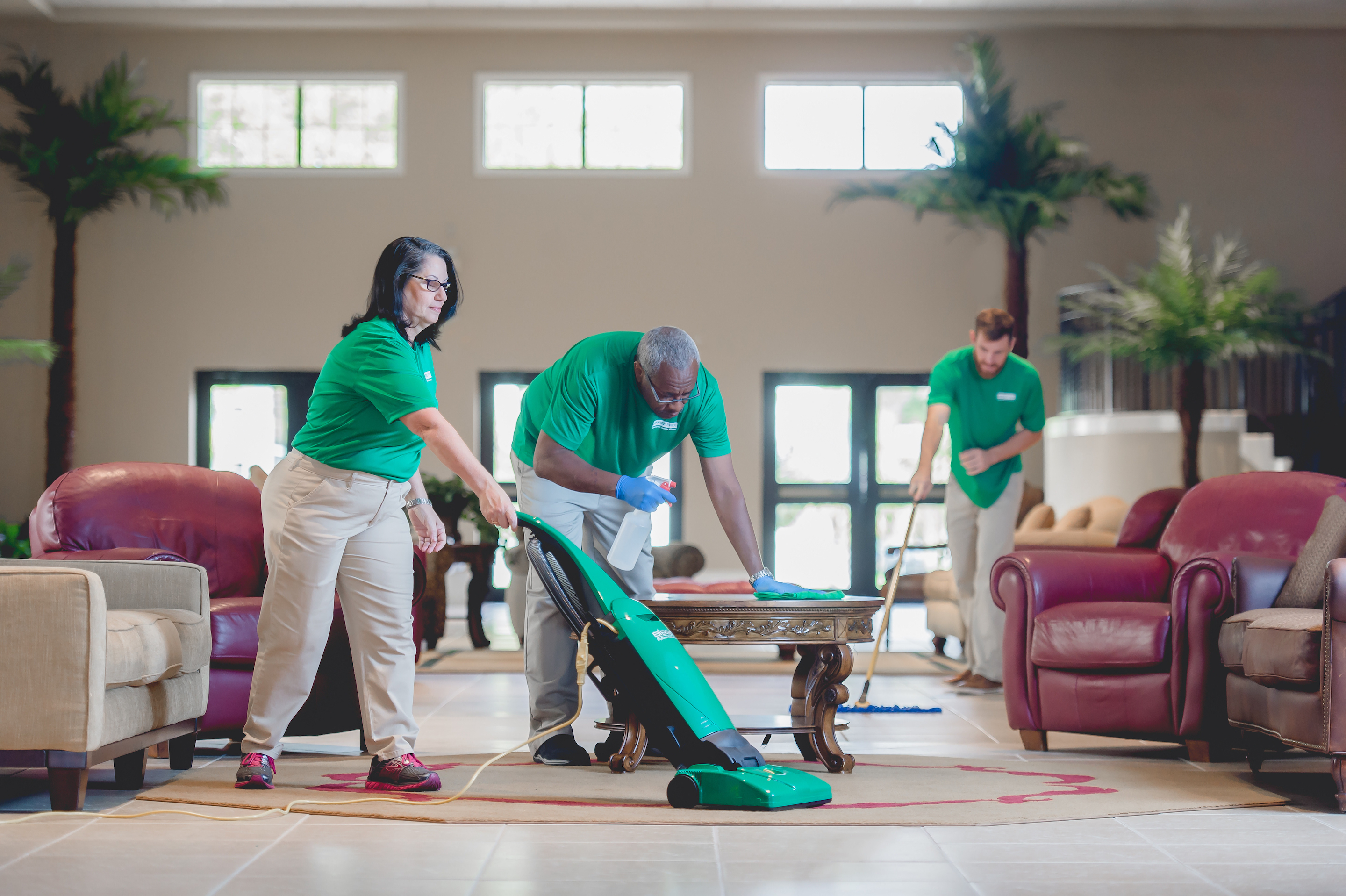Due to climate change…storms will become “more intense and more frequent” in other parts of the U.S.
According to the University of Texas at Austin, Texas Advanced Computing Center, certain areas of the country can expect severe flooding this year. Specifically, the Center points to the Pacific Northwest, where low-lying, coastal cities are very susceptible to storms that bring substantial wind, waves, and moisture.
However, due to climate change the Center anticipates storms will become “more intense and more frequent” in other parts of the U.S. as well.
Because of this, expect cleaning professionals to be called to help commercial facilities-schools, offices, retail stores, etc. – pick up and clean up after the storms have passed.
This likely will be a big job and a dangerous one as well. The following are safety ti  ps provided by U.S. Products, makers of professional carpet and restoration equipment, that cleaning pros should follow:
ps provided by U.S. Products, makers of professional carpet and restoration equipment, that cleaning pros should follow:
- Before entering a facility, look for loose power lines; note if you smell gas; look for foundation cracks or serious wall damage. If so, a building inspector or contractor should be called before entering.
- Turn off all electricity; do so even if the power company has indicated power in the area is off.
- If you smell gas, leave the facility immediately and call the gas company.
- Enter carefully; if the door sticks it could mean it is supporting the ceiling or a frame which could collapse; if the door opens freely, wait outside the doorway in case debris falls.
- Check the ceiling for signs of sagging. Wind, rain, and flooding may wet plaster or wallboard, making them very heavy and dangerous if they fall.
- If restoration work can begin, the first step is to remove flood water; this will require the use of electricity. Leave the power off except in the immediate work area.
“Deciding whether to replace or restore carpets after a flood can be a tough decision,” says Bob Abrams, a carpet care expert for Nilfisk commercial business, makers of U.S. Products equipment for the jansan industry. “Cleaning or replacing typically depends on the contamination level of the water and the length of time the carpet was saturated.”
Media Contact: Robert Kravitz, AlturaSolutions Communications
312-880-8176
rkravitz@rcn.com






